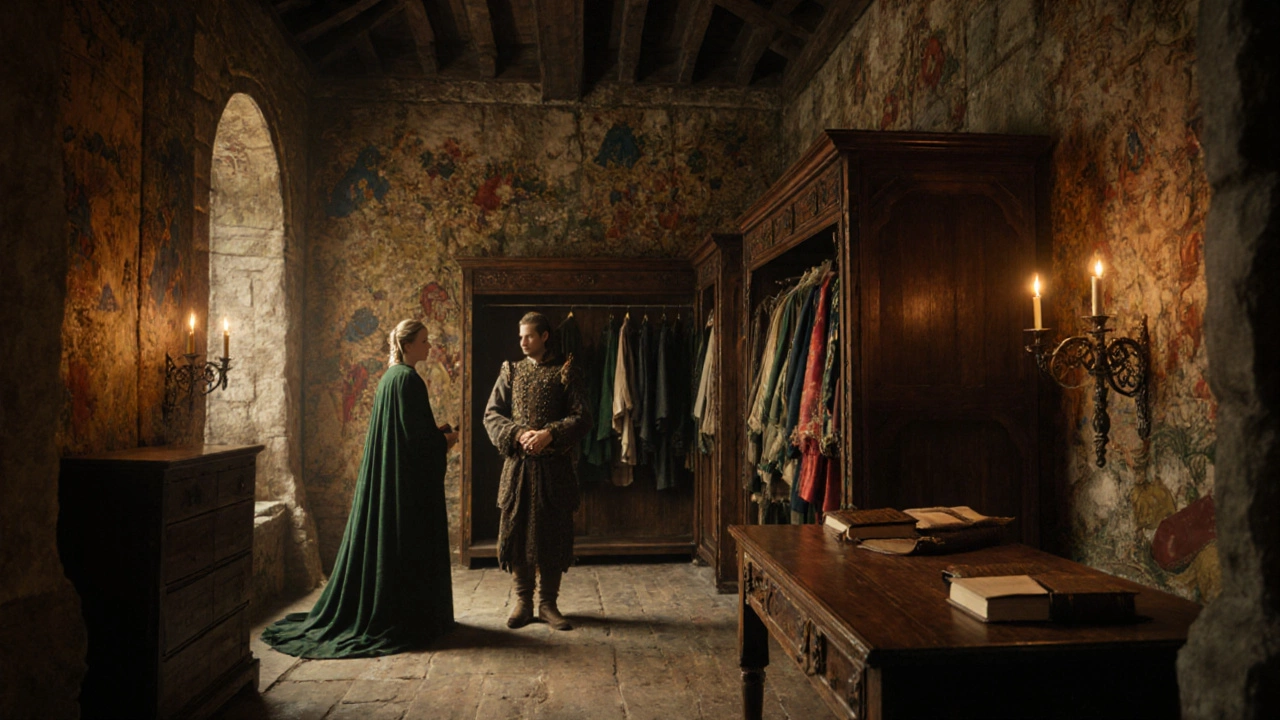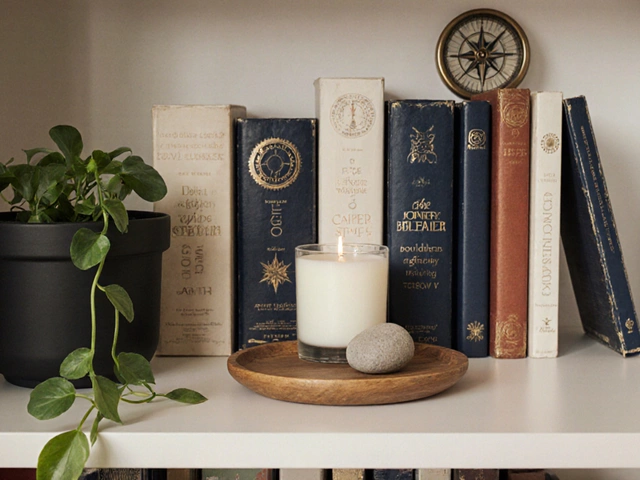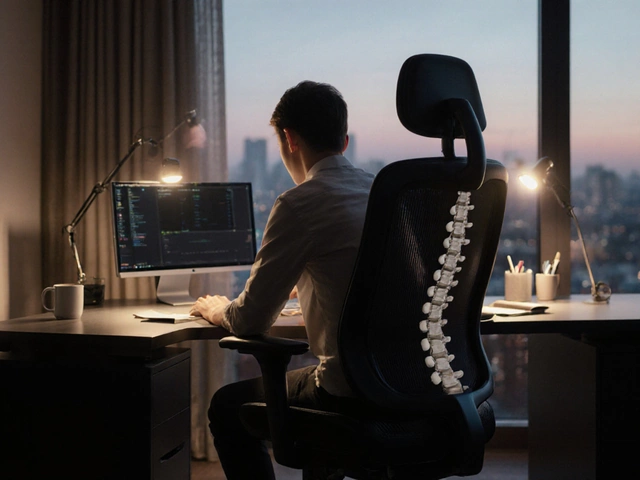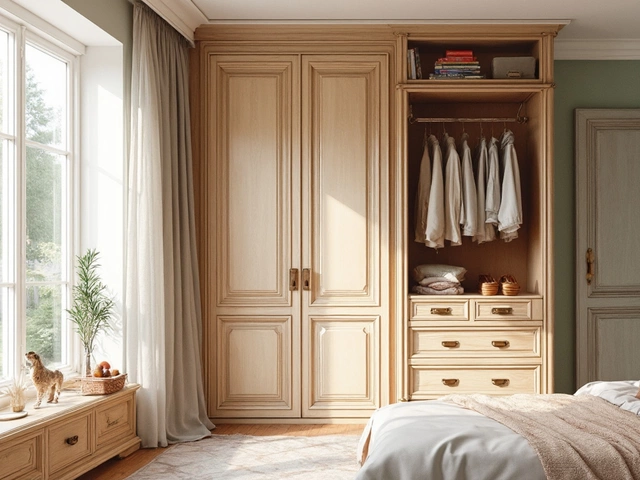Origin of Wardrobe: How This Essential Storage Piece Evolved Over Time
When you think of a wardrobe, a freestanding piece of furniture designed to store clothing with hanging space, shelves, and drawers. Also known as closet cabinet, it’s one of the most personal pieces of furniture in any home. But where did it actually come from? The wardrobe didn’t start as the sleek, modern unit you see today. Its roots go back to medieval Europe, where nobles used large, moveable chests or armoires to keep robes, armor, and valuables safe. These early versions were heavy, wooden, and often locked—more like portable strongboxes than fashion organizers. Over time, as clothing became more layered and delicate, the need for hanging space grew. By the 17th century, wardrobes began to include rods and drawers, turning from storage containers into functional clothing centers.
The wardrobe vs closet, the difference between a built-in room feature and a freestanding unit. Also known as built-in storage, it’s a key distinction that still matters today. Built-in closets became popular in American homes during the 20th century, especially in suburban developments. But in the UK and Europe, the freestanding wardrobe stayed dominant—partly because of older housing layouts, and partly because people liked the flexibility. A wardrobe can be moved, upgraded, or taken with you when you relocate. That’s why even today, when people talk about buying new storage, they often compare a wardrobe to a closet. The clothing storage, the system used to organize and protect garments. Also known as garment storage, it’s not just about space—it’s about preserving fabric, reducing wrinkles, and keeping things easy to find. A well-designed wardrobe includes features like pull-out trays, shoe racks, and mirrored doors, all evolved from centuries of trial and error.
Today, the origin of the wardrobe isn’t just a history lesson—it’s a guide to choosing the right one. If you’re buying a new piece, knowing how it developed helps you spot quality. Solid wood frames, metal runners, and adjustable rods? Those aren’t just trendy—they’re direct descendants of 18th-century craftsmanship. And if you’re short on space, remember: the wardrobe’s original advantage was mobility. You can tuck it into a corner, slide it behind a door, or even repurpose it as a room divider. The wardrobe didn’t just survive the centuries—it adapted. And that’s why, whether you’re in a tiny London flat or a countryside cottage, it’s still the smartest way to store clothes.
Below, you’ll find real-world guides on wardrobe design, cost factors, and how to use them in modern homes—everything from why they’re expensive to how they compare to other storage options. No fluff. Just practical insights from people who’ve lived with them.





